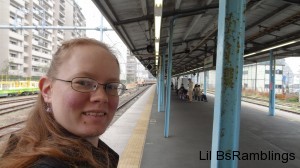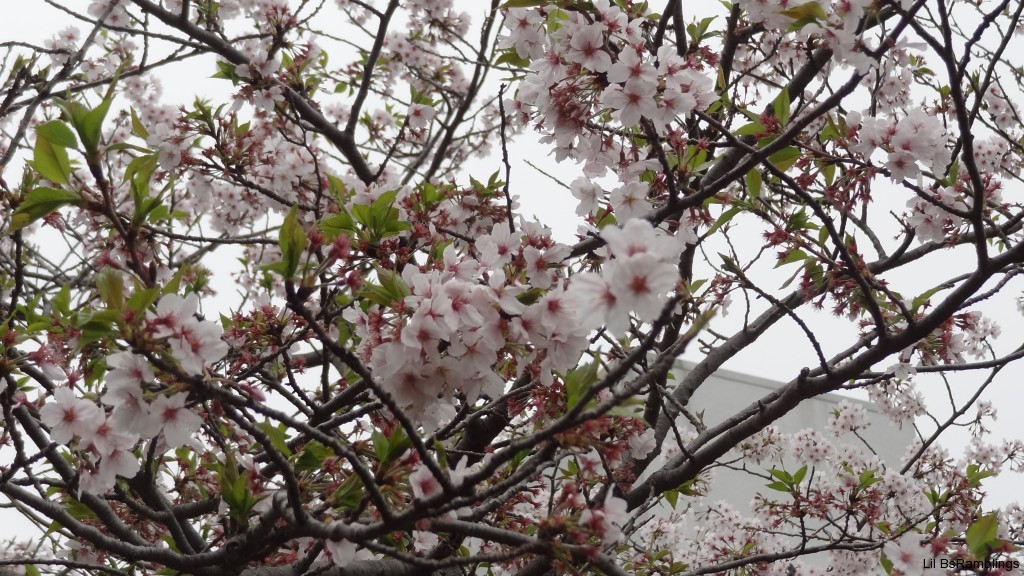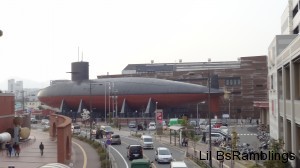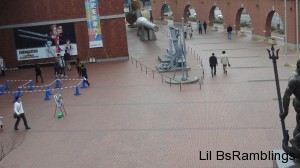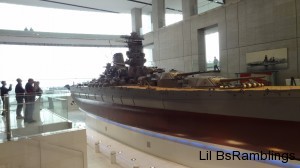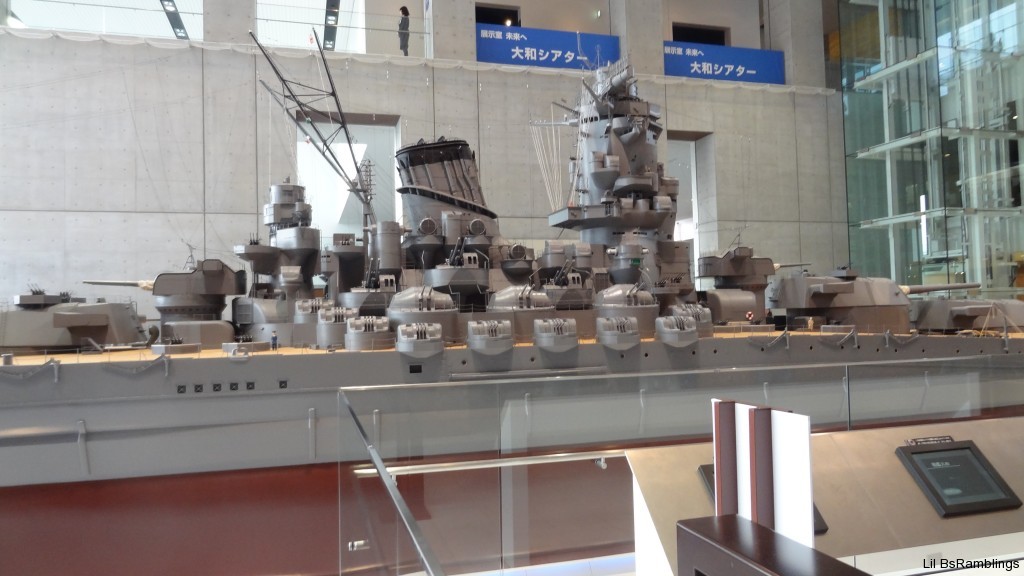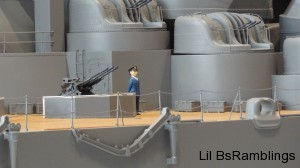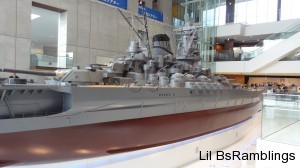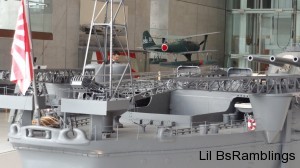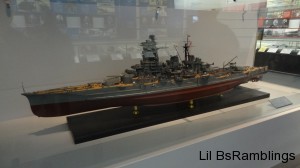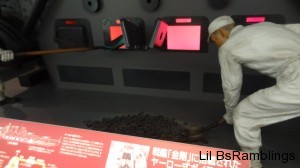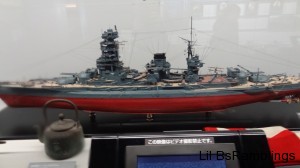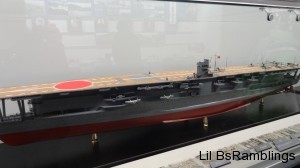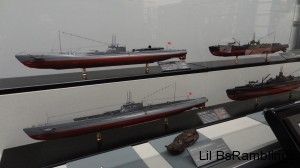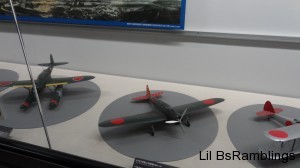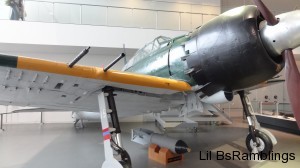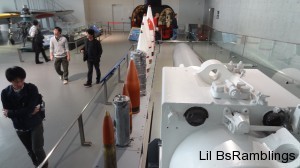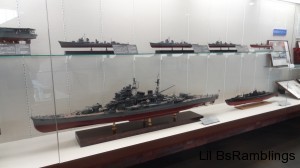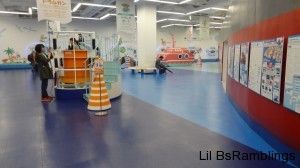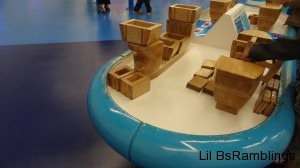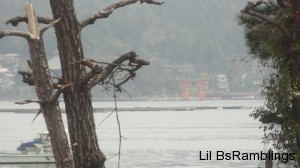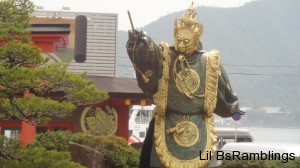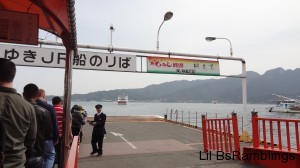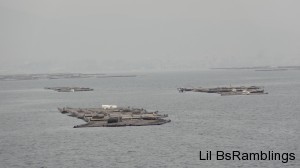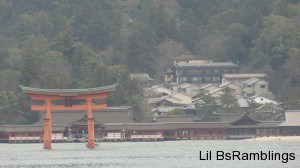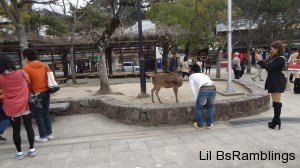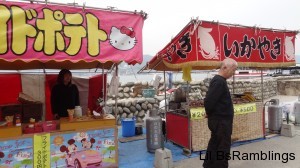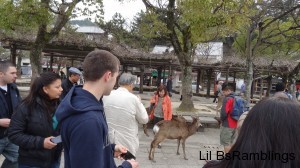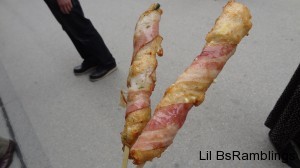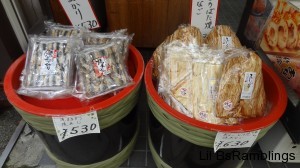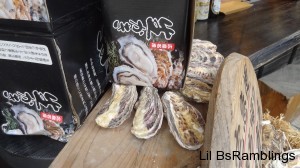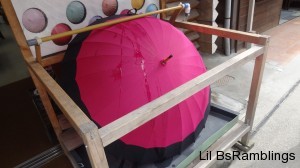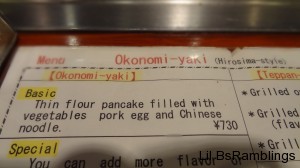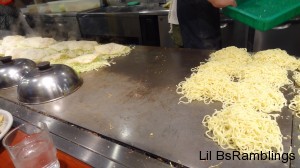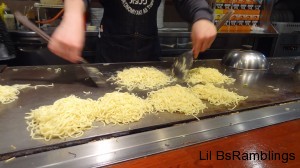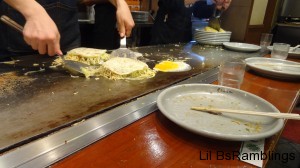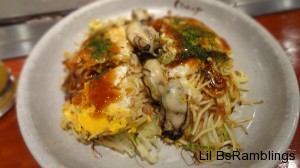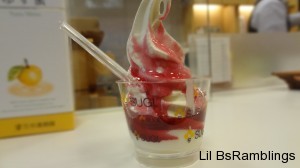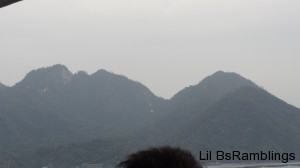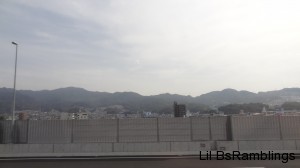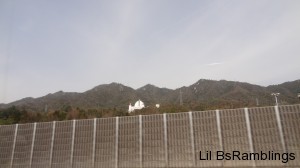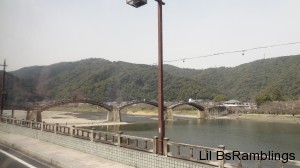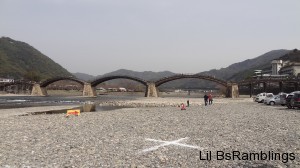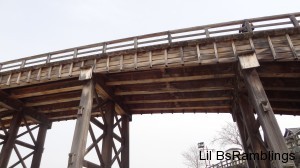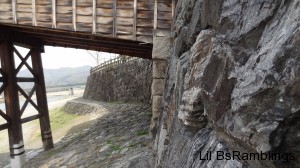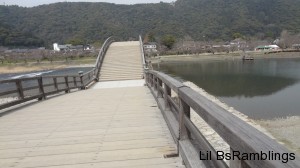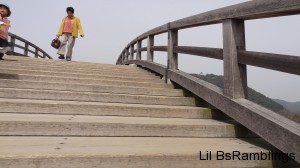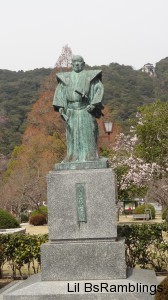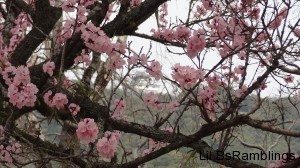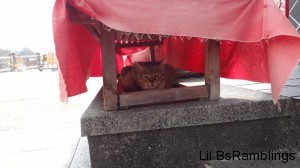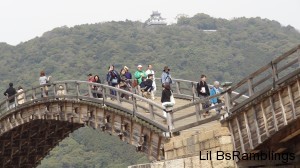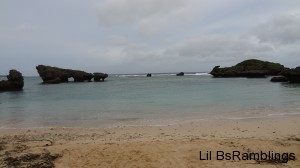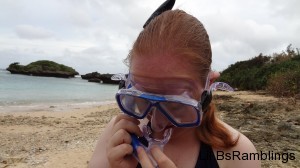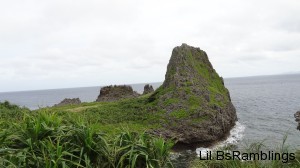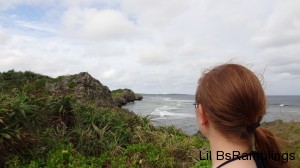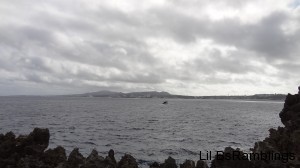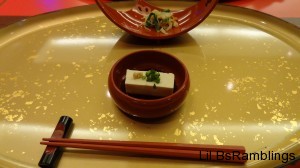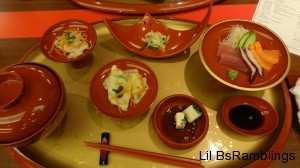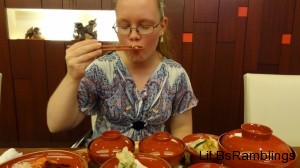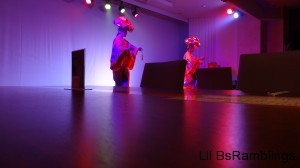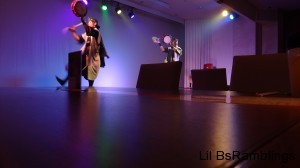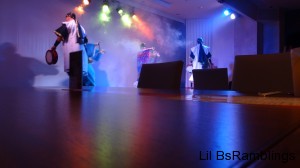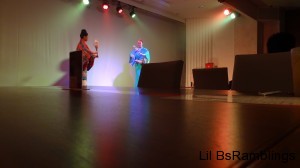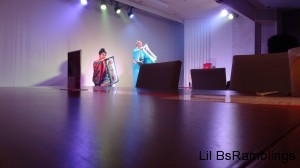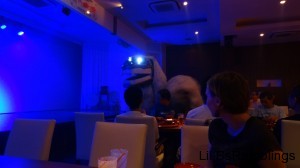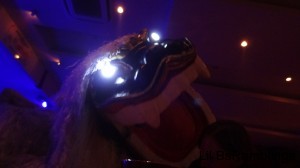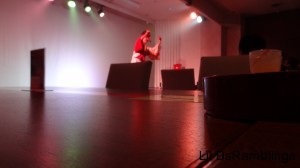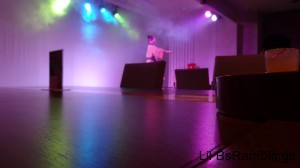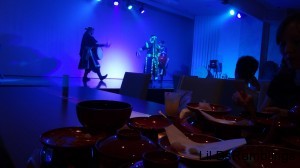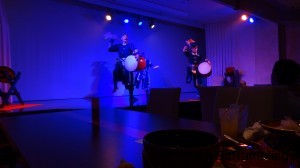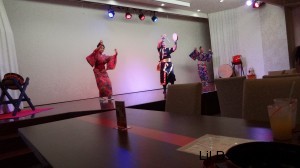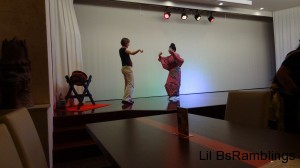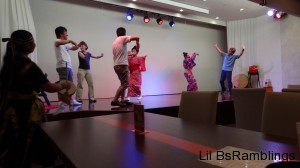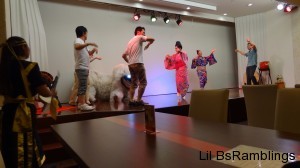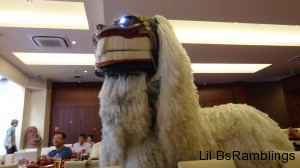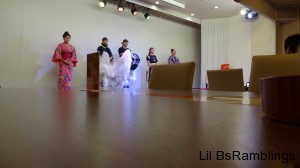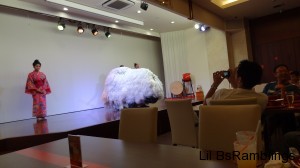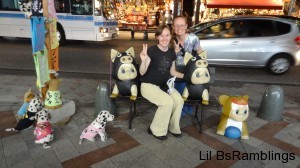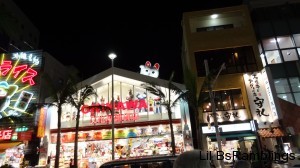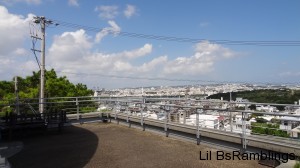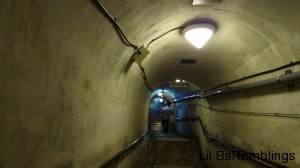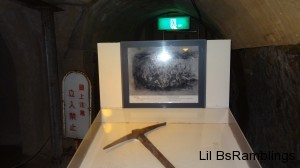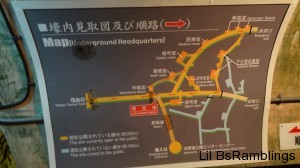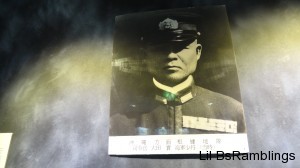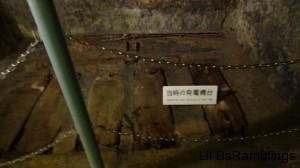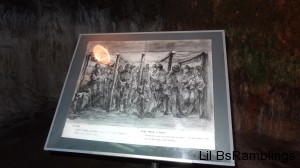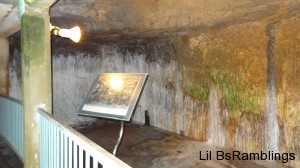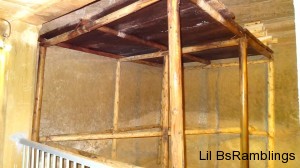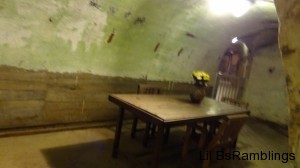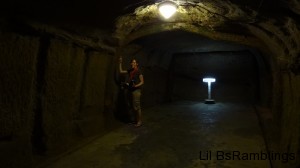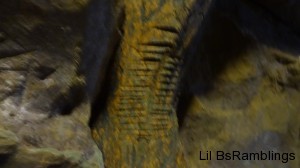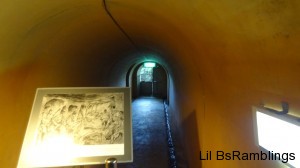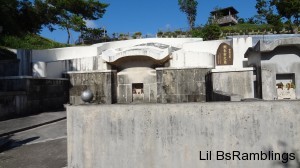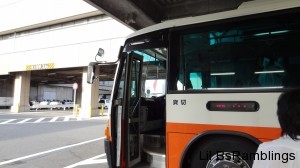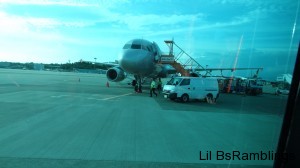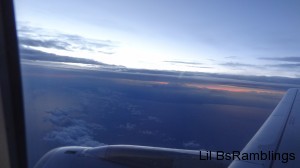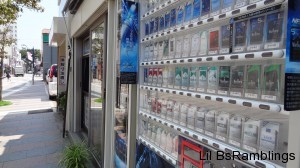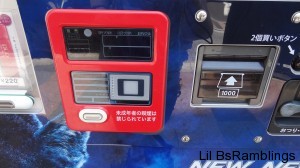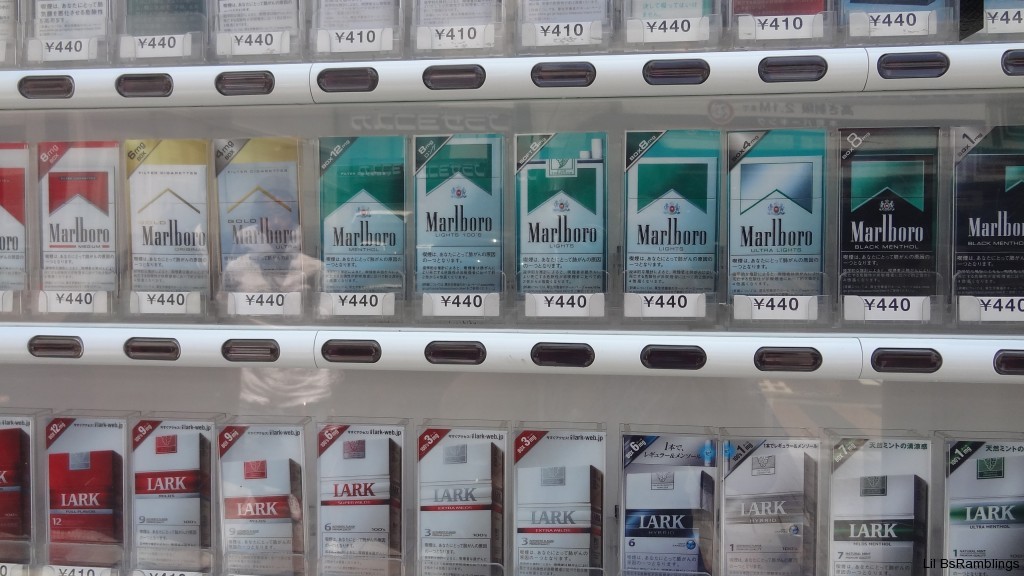Cherry Blossom Viewing
My time in Japan has come to an end. However, there were a few things I decided I needed to do before I left. Seeing the cheery blossoms was one of those things. As often happens in my time overseas, a holiday snuck up on me. (In Japan many of the American holidays are not celebrated or advertised in shops as much as American malls do so it is easy for American or Christian holidays to sneak up on an American in Japan.) This holiday was Easter. So during Holy Week I was trying to decide what to do for Easter so far from family and with my friends busy. Then it occured to me: this was the first year in the three that I’ve been in Japan that I was in the country during April. April in Japan in cherry blossom season. What better thing to do on Easter than to view God’s gift of cherry blossoms for the first time? The closest place to my house for viewing cherry blossoms is Kamakura, Japan, a twenty minute train ride from my place in Yokosuka, Japan. So I got on the train
in the late morning, arriving in time for me to look for lunch. So, what to have for lunch? Kamakura is a lovely town built up as a tourist town with a large temple built as a royal shrine when Kamakura was the capital of Japan and the other end of the main street is a lovely beach. Since it was a tourist town, I could have gotten most of the Japanese dishes for lunch that day. However, I wasn’t in the mood to search for a fancy lunch with unusual flavors so , after a walk to see what was available, I sat down at a conveyor belt sushi place.
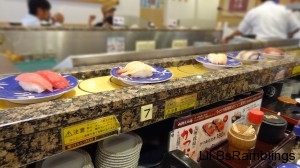
A conveyor belt sushi place is simply that: a room built a round a central bar-like table with the chef inside the island table and a continual selection of two pieces of sushi on plates passing on a conveyor belt. If you see a set of sushi you like, you pick it up and eat the sushi on the plate. If you don’t like what you see, you can order request a specific fish and the cook will prepare it for you. You can order a drink, like soda or a beer, and you pay by the color of the plates you have stacked next to you. If you come with a family or a group, there are tables with benches along the conveyor belt in most places so you can still eat off the conveyor or order what you want. My most interesting pieces were some small octopuses.
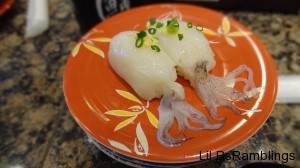
They were a little tough to chew but their textured tentacles kind of tickled going down. I liked the taste, just like I enjoy most sushi I’ve had but it was interesting having the unusual image to look at as I ate it and the odd texture.
After the meal I went to the main walk way in town, the parkway of the main rode.
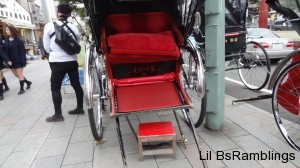
A Japanese rick saw next to its driver. I saw this on the road in Kamakura and had to get a picture.
It is the long walk up to the main temple in the town and is the walkway lined with cherry trees and paper lanterns.
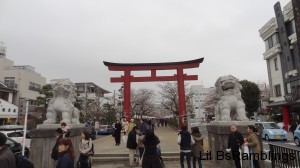
The entrance is protected by two stone lions in front of the first Tori-i gate. I went on a Sunday towards the end of the cherry blossom season so there were a lot of blossoms already spent
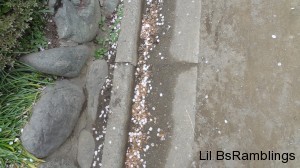
but I still saw plenty of lovely flowers.
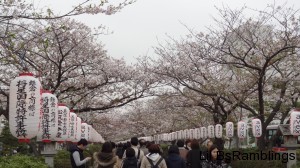
One of the other big things about Kamakura is Hato Sabure, literally Dove Shortbread, a gourmet bakery on the main street of Kamakura.

While most known for their Dove Shortbread cookies and the distinctive bag you can see carried throughout the town, they also make an assortment of other cookies.
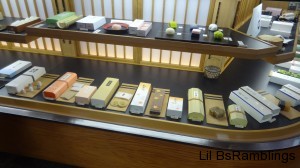
As I walked around the shopping area, I saw a lot of mom-and-pop boutiques
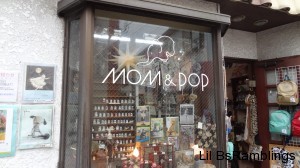
and found this interesting cat
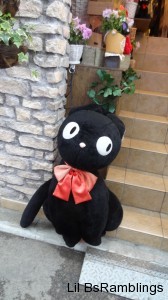
outside a two story store specializing in movies directed by Hayao Miyazaki. The store was named after his movie My Neighbor Totoro but also features things from his other movies such as the cat from Kiki’s Delivery Service which sits outside to draw in visitors.
It was getting late and I had work on Monday so I got back on the train
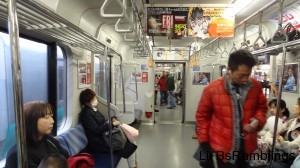
to go to Yokosuka but I want to leave you with one more picture of those lovely flowers Japan is so known for.
